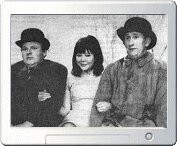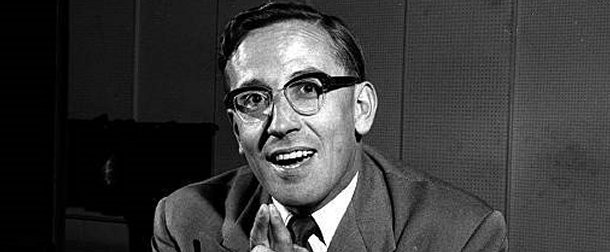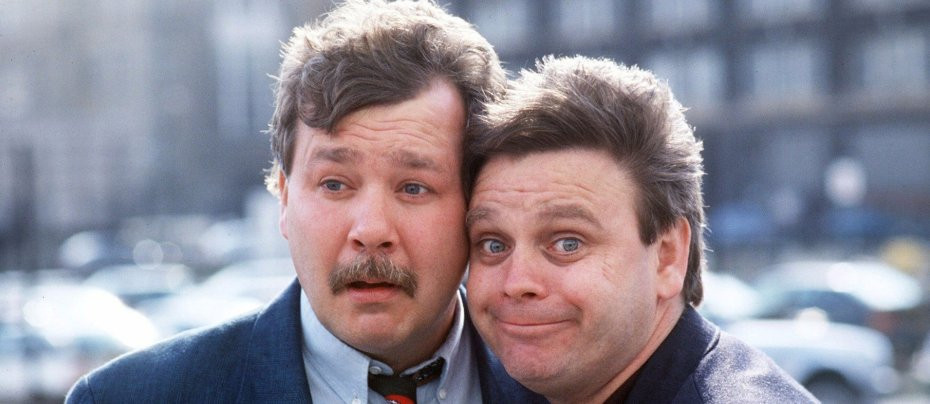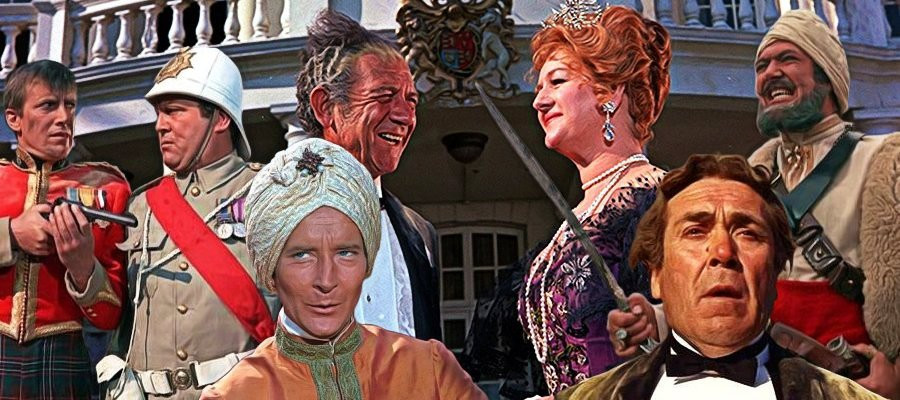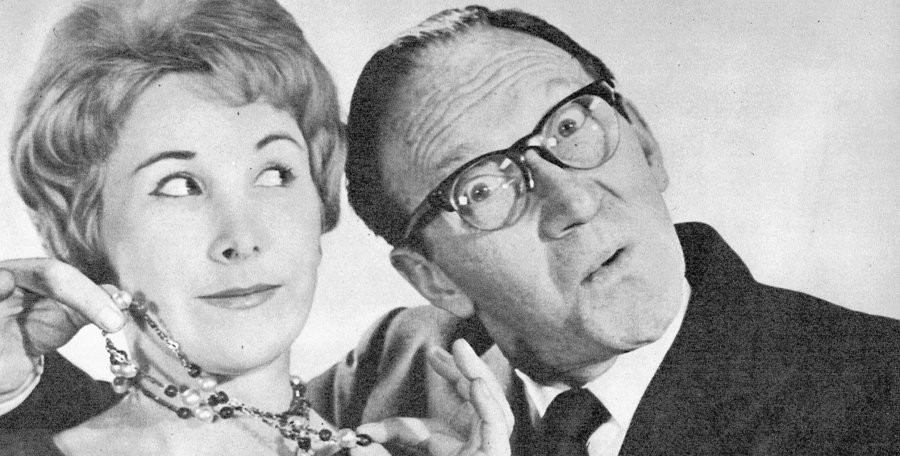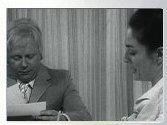
How Do You View?
1949 - United KingdomPossibly one of the most underrated and important shows in the history of BBC comedy, How Do You View starred the famous gap-toothed comedian Terry-Thomas in a series of skits and sketches interspersed with musical items and celebrity guest stars. The format it laid down between 1949 and 1952 became the template of such shows for years to come.
In his book The Complete Terry-Thomas author Robert Ross wrote "Long before the Monty Python gang twisted television comedy into new shapes, and even before such ground-breaking telly comics such as Michael Bentine and Benny Hill, it was Terry-Thomas who was using the fledgling medium to reflect on and reassess itself. Instinctively knowing that the best place to parody television was on television itself."
Terry-Thomas had already made a name for himself in the West End review Piccadilly Hayride when the BBC tried to sign him in 1946 for the princely sum of £12/12s for just a five minute turn in Technical Hitch - a programme broadcast live from Alexandra Palace - but he had turned them down. When he finally agreed to appear on television (in 1947 for the much more respectable fee of 30 guineas) he was an instant success. Two more successful appearances convinced light entertainment producer Michael Mills that the comedian should be signed for his own series - but there was opposition from within the BBC, not least from Cecil Madden (Assistant Programme Controller) who thought that on each occasion all Terry had done was "substantially the same act." Nonetheless, a series was commissioned and Terry set about researching the format that he thought would bring him success. This research involved him scanning the pages of the popular press to gauge public likes and dislikes, watching other television programmes and talking to members of the public. He then single-handedly wrote the first series.

The show opened with Terry facing the camera, close-up with a broad smile, and saying "How do you view? Are you frightfully well? You are? Oh, good show!" The camera would then sweep past the gap in his teeth and into the darkness of Terry-Thomas himself. The shows consisted of cod interviews, wacky parodies and bizarre characters often utilising techniques that were totally new, and quite daring for live television, including a sketch where he played a headless Sir Walter Raleigh playing bowls.
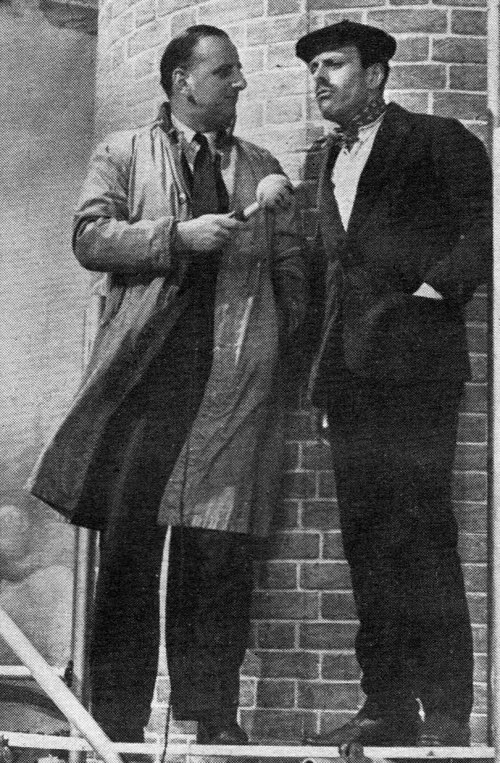
The series was an instant success with the public and Terry-Thomas became a huge star.
The supporting cast often appeared in recurring roles, Peter Butterworth playing his chauffeur, Lockitt, a mere status symbol because Terry couldn't afford to own a car! This further helped establish the character that the public came to know; the roguish toff, frightfully superior, a bit of a penny-pinching bounder with an old boy's network cheek - but mainly all front and no substance.
Other's in the cast included Avril Angers, Benny Lee and Janet Brown (wife of Peter Butterworth). Leslie Mitchell, the first television announcer in the world, was employed to interview Terry in many of his guises. It was the first time that a 'respectable' BBC presenter was used as a comedic 'straight man', but by no means the last. (Morecambe and Wise used it to great comedic effect in many of their shows in the 1970s and 80s). Terry-Thomas shared the writing on later series, Sid Colin contributing from series 2 and Talbot Rothwell from series 3. The series finished in 1952 but a final 'special' was made in 1953.
Around the same time that the show started the BBC conducted its first Audience Appreciation Survey, designed to reflect the viewing habits of the nation. How Do You View? picked up an amazing 71 per cent of audience approval. According to Robert Ross: "Pioneering in the extreme, from its very first broadcast How Do You View? had broken television records and small-screen boundaries." This was the show that "pretty much kick-started television comedy."
Seen this show? How do you rate it?
Seen this show? How do you rate it?
Published on December 21st, 2018. Written by Laurence Marcus for Television Heaven.



